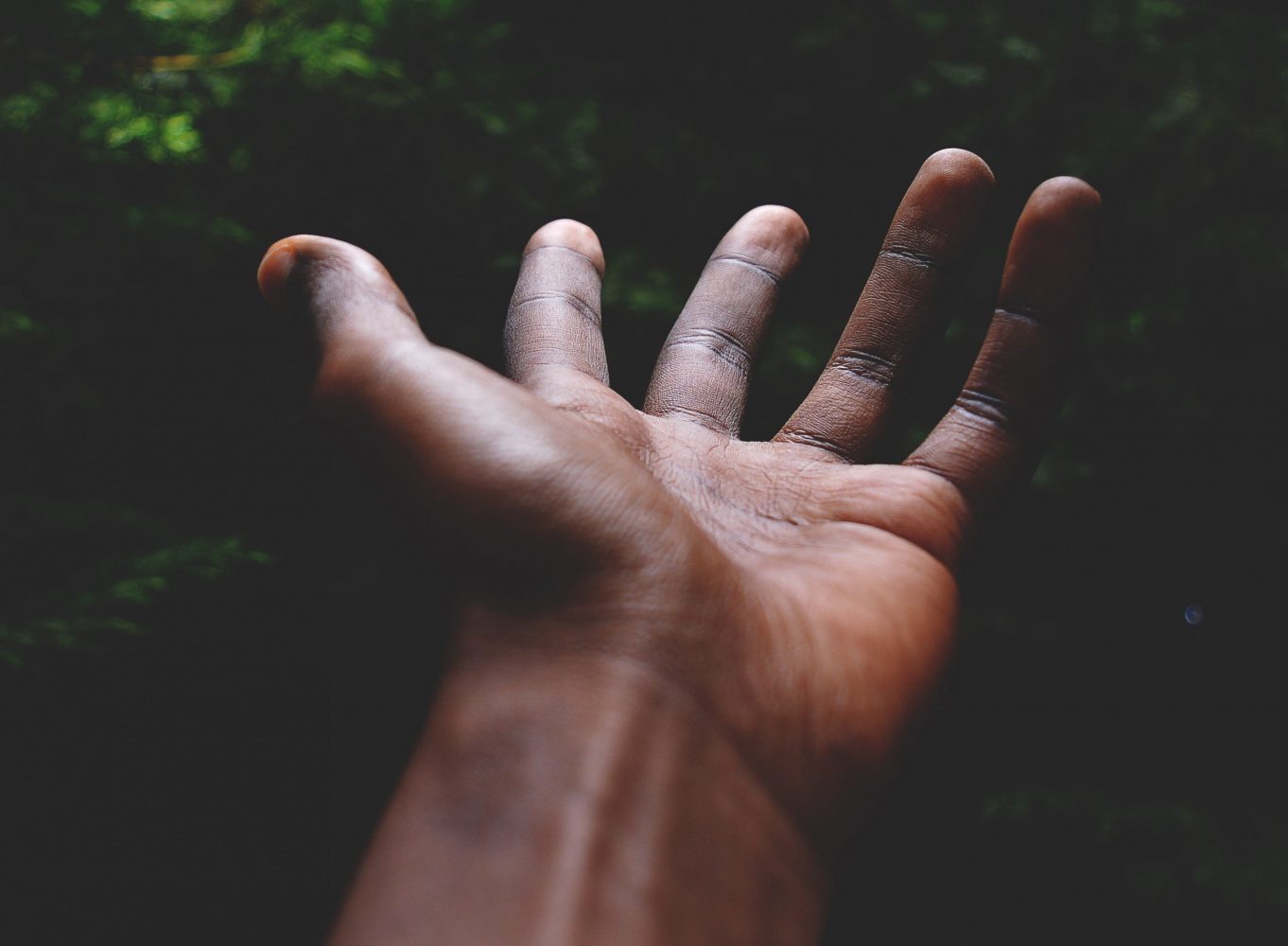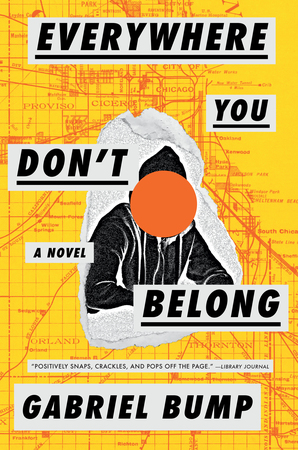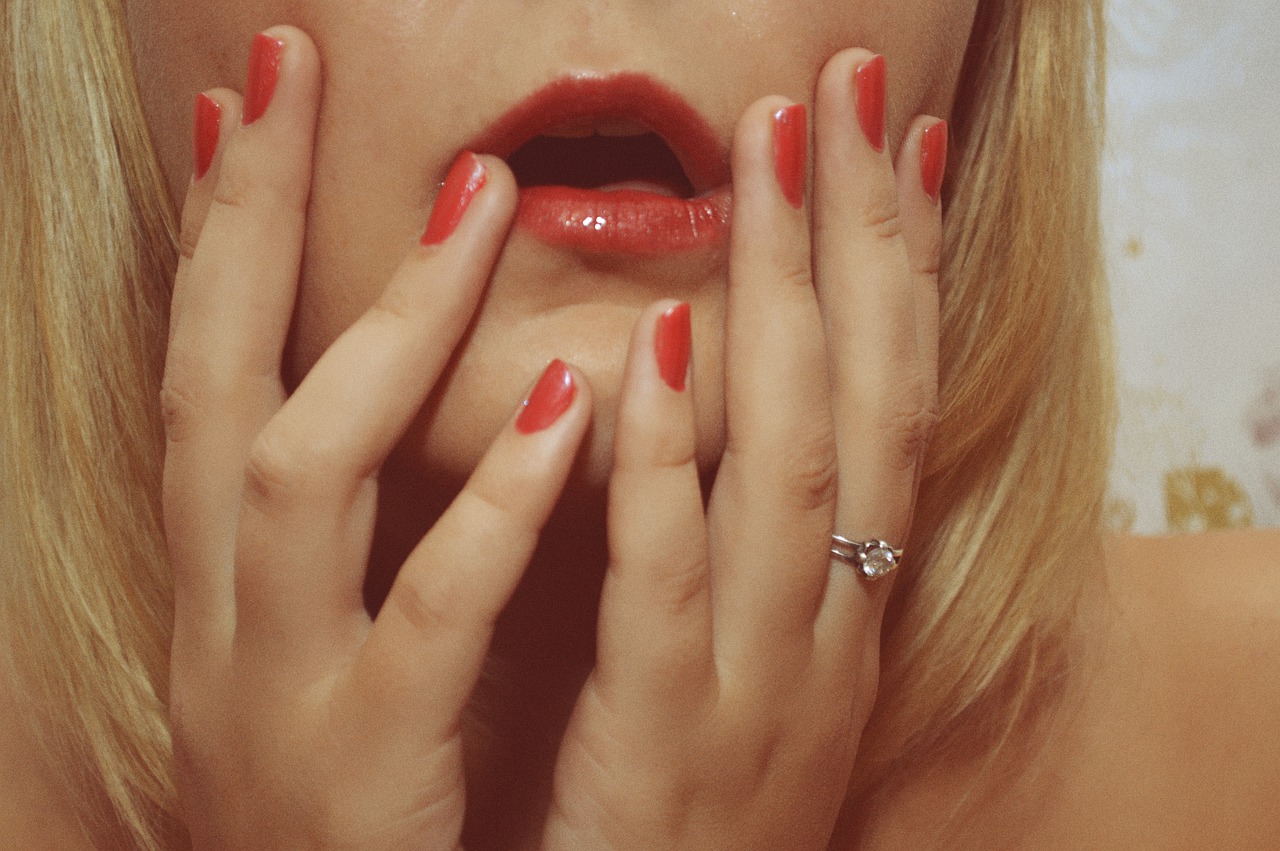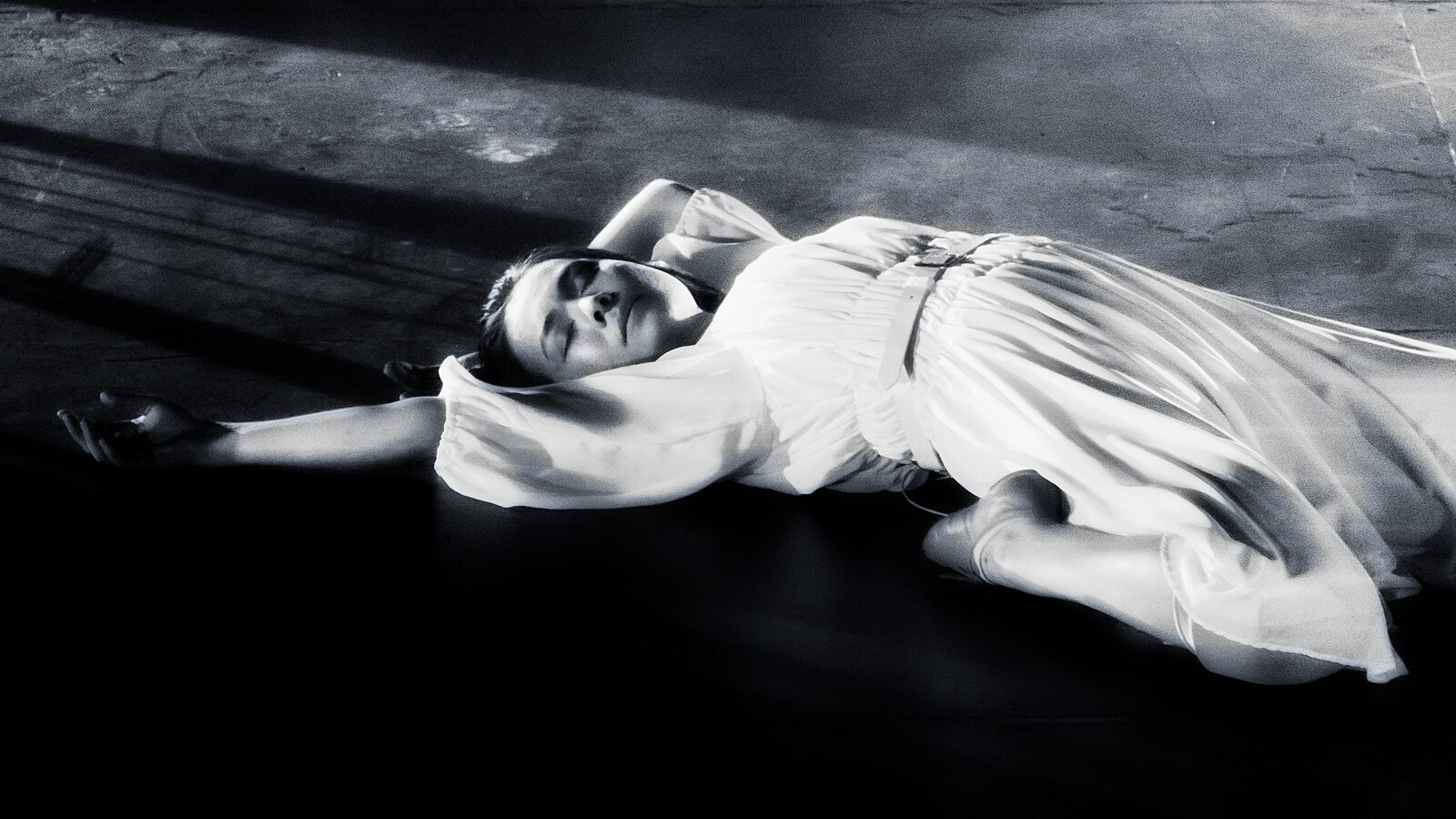interviews
Where Can a Young Black Man Find Belonging in America?
Gabriel Bump, author of "Everywhere You Don't Belong," on how diversity meetings turn into white guilt parties with bad snacks

Gabriel Bump’s debut novel Everywhere You Don’t Belong is about growing up on the South Side of Chicago. We follow Claude, a sensitive kid who loses his parents early and is raised by his grandmother and her friend Paul. Claude craves connection but there’s a pattern of transience surrounding the people he loves. He’s not particularly good at anything his community values. And these recognizable coming of age struggles cannot be unwed from the constant and complex trauma of racism.
When the violence in Claude’s neighborhood reaches a tipping point, he tries out leaving home to go to college in Missouri where he finds different shades of the same struggles.
It was particularly exciting for me to talk to Gabe about Everywhere You Don’t Belong, because we were classmates in UMass Amherst’s MFA program. There, I got to read early versions of this book and watch it evolve (and in some sections, remain the way it was set down years ago). Here, Gabe and I talk about the many different categories of love and racism in this book and what it was like to write it against the backdrops of both national and more personal racist events.
Jane Dykema: Romantic love is such an important part of this book. There’s a great description of it in that scene with Paul and his boyfriend, and more throughout. How does Claude understand romantic love’s role in his and everyone’s quality of life when there’s constant transience and fear of death surrounding his parents and friends?
Gabriel B: Claude’s relationship with Janice seems like a good place to start. When they first meet, Claude experiences this youthful tingling that we associate with teenage love. In Janice, he sees something new and exciting and powerful. I believe our memories of first love are so clear because the sensations are so bright. Claude and Janice’s love goes through different phases after that initial spark. It shifts, somewhat, to platonic love. Then familial. In these different stages, although Claude may still harbor romantic urges, their feelings for each other grow more complex, stronger, more like adult love. When we’re young, love is simple. Do you want to hold my hand? Do you want to sit next to each other on the bus? Do you want to have sex? Do you want to sneak out of your parents’ house and come over? As we get older, those questions change: Who is going to leave the house and pick up dinner? Etcetera.
Claude comes to understand love’s great importance through necessity, like most of us, I think. When things aren’t going well, when Claude needs someone, there’s love he can reach out and hold. At the beginning of the book, Grandma and Paul provide it. When Claude’s dealing with bullies in middle school, Jonah provides important love. At the end of the book, Janice provides it.
We all need some kind of love to help us through hard times. Romantic love isn’t the only salve. We can call on friends. We can call on family.
Now, I’m veering towards cliched platitudes. Better stop before I crash.
JD: The way you portray all these kinds of love reminds me of the way you portray so many different sides of what Paul calls the struggle for black people in the riot scene. There are the two defined sides, the police and Big Columbus, but Claude and most of the other people land somewhere on a spectrum between them, trying first to stay alive. Can you talk about the tension between ideology and survival in this scene (and in the whole book!)?
GB: That riot scene is an ideological mess. First, the police: this oppressive presence in South Shore, America, the world. Second, the faction in South Shore that believes in non-violent protest, which is best represented by Grandma. Third, Big Columbus and the Redbelters, who believe in taking back their neighborhood through force. Fourth, the largest group: all the people trying to live their lives without having to pick a side, heads down, moving about the chaos. Claude fits best in this last group. Remember, as the riot starts, Claude is meeting Janice’s family for the first time.
All those sides pushing against each other give the scene energy, I think. I wrote it fast, tried to keep up with all the moving parts. I discovered something interesting about that scene once it was written. There was a lesson in there that wasn’t intentional, or, at least, wasn’t a conscious goal. While all these different ideologies exist in South Shore, as they exist in most communities, particularly communities of color, they are forced to join together against a common oppressor. The cops don’t care about the different ideologies within the community. They see each citizen as a threat. Somewhere in that hectic scene lurks a lesson about unity, which, of course, is damn hard to achieve. Look at the Democratic Party today.
The above-mentioned ideologies are all different ways to survive. I’m not going to say which one I think is best. Except for oppression. Oppression is a bad ideology. Don’t oppress people.
“Belonging” and “survival” are close ideas in this book. Claude is placed in situations where his survival is a literal battle. During the riot scene, there’s a chance Claude would get killed if he doesn’t make it back home in time. Also, at the end, there’s a chance he might not survive. Between and around those two instances, Claude’s attempts to figure out his place in the world represent a different type of survival. It’s a mental and spiritual form of survival.
JD: I like the mention of that surprise lesson. I wonder, when you were writing, did you feel more like you were grappling with how to tell your audience things you knew, or were you grappling with things you didn’t know, either? Or both?
GB: In the first draft of that scene, I focused on the action. I wanted to see how Claude was going to get out there. There wasn’t that long chunk of interiority where Claude offers an abbreviated history of black protest in America. That section, which contains some explicit mental grappling, came later. Most of this book, at least the first half, was written and rewritten during the height of Black Lives Matter, when those ideologies were present in our everyday discourse. At least, present in mine.
What is uniform, what is common, in white-dominant institutions are both overt and subtle forms of racism.
I assume there’s a disclaimer somewhere in this interview about how we went to grad school together. Remember the racist incidents on campus? All those forced meetings about diversity? During those years, which seem long ago, it seemed like everyone was reading James Baldwin and bell hooks, yelling about race at parties. There was a constant flow of think pieces placing the Black Lives Matter protests in a historical context, blaming Obama for not doing more, forgiving Obama for not doing enough; personal essays about personal racial trauma, a genre I dabbled in for a while. The national discourse has shifted a few times since then. Now, I imagine, a lot of grad students are getting drunk and yelling about Trump.
My point is that I knew about the different ideologies. I studied and experienced them in college. I saw them come to life in grad school, across the country, on our campus, in our classrooms. And the answer is always unity. What unity looks like, how it’s achieved—that’s hard to say.
JD: I sure do remember the racist incidents! In the book there’s a great portrayal of the kind of racism you see at “progressive” places like universities or nonprofits (which is, while we’re on the topic, more passive than what happened to Zoe Mungin when we were in grad school): Claude and Simone, the two black reporters at the school newspaper, are assigned to work on some sort of diversity spread, which means closing them off in a room and making them read all day about horrifying hate crimes and structural oppressions and traumas white people did to black people in the area. But in the narrative there’s empathy for the white characters who’ve given them this assignment. Connie is complex—she shows some awareness that it’s fucked up. Whitney is scared and Claude feels bad for her and imagines, with some contempt, her reading Baldwin and being moved. Can you talk about how you wanted this common situation to read?
GB: There’s pressure on minorities moving through white-dominant institutions, i.e. most universities, to represent some imagined and uniformed black experience. This pressure is based around a false premise. Of course there is no uniform black experience. What is uniform, what is common, I believe, in these white-dominant institutions are both overt and subtle forms of racism. Maybe “aggressive” and “passive” are better adjectives than “overt” and “subtle.” Claude, in Missouri, experiences both aggressive and passive racism. For the first time in his life, he’s in a place where white people far outnumber black people, or other minorities. When he and Simone are closed off in a room, forced to face this gruesome and hateful history—that’s a somewhat crude and ridiculous metaphor for the black experience on college campuses. Their assignment is not just traumatizing. It’s not composed well. It’s just a vague exploration of racism. It has a similar feeling to those diversity meetings we experienced. Like, “Okay, everybody, let’s go around the room and say why racism is bad.” Or, “Does everybody know what racism looks like?” Talking about racism in obvious terms, chairs in a circle, is pointless for students and faculty of color. Those meetings felt like White Guilt parties with bad snacks. The intentions are good. The execution, at least in my experience, is a little boring. There are Whitneys and Connies on all college campuses. Well, maybe there aren’t many Connies.
College diversity meetings felt like White Guilt parties with bad snacks.
Claude didn’t see a point in the assignment, doesn’t come back. Simone decided to stick with it, keep her head down, do the work.
When I’ve found myself in similar situations—in high school, college, grad school—I think I alternated between those two reactions.
In college, in Missouri, I said “fuck this” and moved back to Chicago.
In grad school, I ended up isolating myself and focusing on this book.
There are plenty of options in between.
Zoe, for example, stood up for herself when the bullshit was too much. She brought the fight to the administration. She, and other students on campus, through their fighting and toughness, made my life on campus better. As a result of their fighting, more scholarship opportunities were made available for students of color. She was a third-year student, about to graduate. All this happened during my second month on campus, I think. Looking back, I should’ve expressed more gratitude in the moment. It’s a hard thing to stand up and fight. It’s exhausting. Grad school is exhausting enough. So, I’ll express some gratitude now. Zoe, if you’re reading this. thank you.
What I hope comes through in the second part of this book, when Claude goes to college, is how the transition from high school to college is hard enough without adding racism to the experience. Like all kids, students of color are homesick. They’re trying to make friends. They’re trying to balance homework and a social life. They’re dealing with dorm drama. I know you can’t eradicate all forms of racism on college campuses. Just like you can’t eradicate all forms of racism in the world. I would suggest, however, not locking students of color is tiny rooms and forcing them to engage with their trauma.
JD: We should really have an interview with Zoe. The homesickness in the second part of the book lends really well to what seems like a larger case being made for not being traditionally exceptional. Of the tasks put to Claude throughout—basketball, fighting, journalism–we see he’s not a brilliant athlete like Jonah, he can’t really defend himself, he’s not brilliant student like Simone, doesn’t really have a knowledge base or new ideas. He is, however, crying a lot of the time. Often choosing comfort, always choosing survival. Can you talk about defending the value of this character, which is, what seems to me, the heart of the book.
GB: Zoe should get an interview. And publishers should pay top dollar for her work.
For me, Claude, in most ways, represents a large percentage of the population. He demonstrates, I hope, how people we consider unexceptional can still contain and tell worthwhile stories. They are characters worth exploring.
That said, I think Claude is exceptional. Maybe not in terms of athleticism or intellectual power. Still, he’s capable of exceptional empathy. He’s a kind person, caring, loving. His love for Janice sprouts a few exceptional acts of bravery. He’s also smarter than he lets on. During the riot, for example, in his long internal monologue, Claude shows a deep understanding of the negative forces around him.
He’s sensitive and prone to depression and anxiety. Those are traits that make him less exceptional and more common. People like Claude tend to suffer in silence. They move around without garnering much attention. Claude’s the melancholic kid on the swing set, who you don’t notice as you drive past.
Claude comes in contact with several exceptional people. I was interested in exploring Claude’s attempt to process his mundane self compared to those exceptional people. Our society pushes us towards certina types of exceptionalism (athletic, monetary, intellectual). Through Claude, I hope, I showed how empathy and kindness are also significant character traits. If there were more Claudes in America, I think we’d all benefit.









